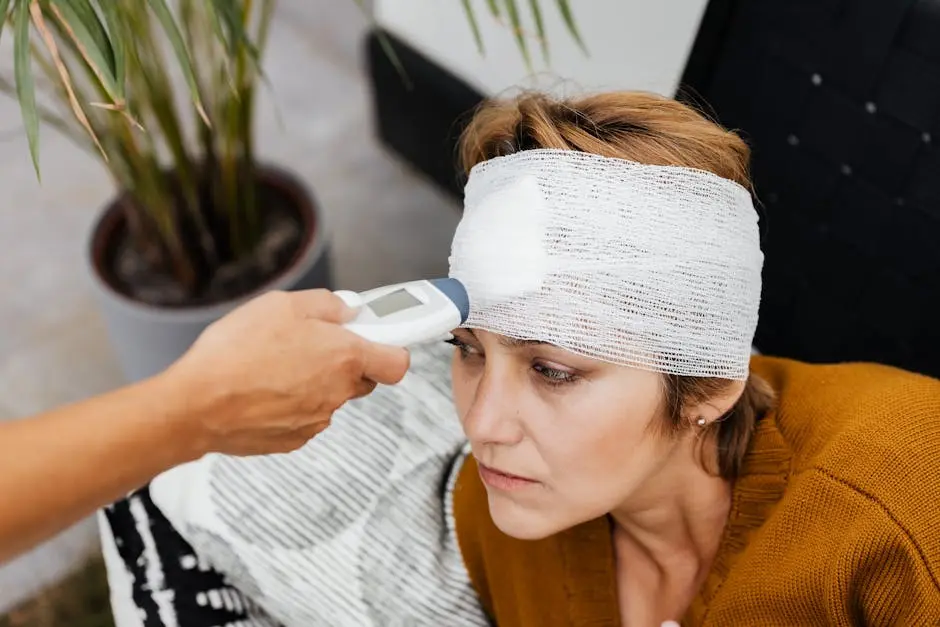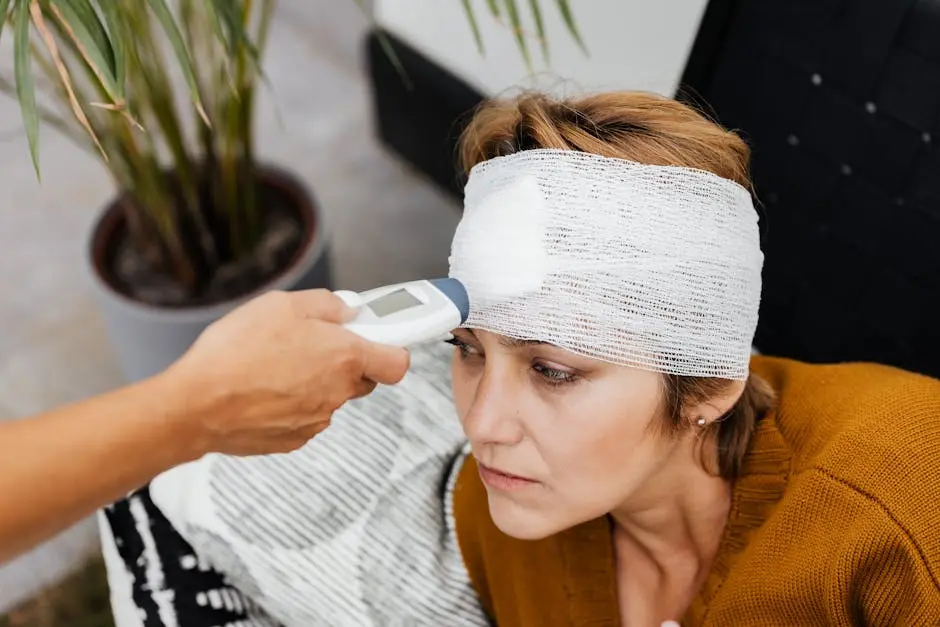Recovering from blepharoplasty can feel daunting, but knowing what to expect can help ease your mind. This guide will walk you through the key stages of recovery, so you can feel confident every step of the way.
Understanding the Immediate Aftermath
Discover what happens right after your surgery and why aftercare is crucial for your recovery.
In the first few hours post-surgery, you may feel some grogginess as the anesthesia wears off. This is completely normal. It’s vital to have someone with you to help monitor your comfort levels, especially in those initial hours.
Expect mild swelling and bruising around your eyelids, which can cause temporary tightness. Applying cold compresses carefully can help ease discomfort.
You will also be given specific instructions on how to care for your eyes during this phase, including information about activity restrictions—make sure to follow them closely.
Managing Swelling and Discomfort
Learn effective methods to minimize swelling and manage discomfort in the days following the procedure.
Swelling can be one of the more challenging aspects of recovery. Elevating your head while resting can significantly reduce this issue. Aim for sleep positions that keep your head elevated—this can protect your eyelids and speed up recovery.
Additionally, ensure you’re taking any prescribed medications to manage pain. If something feels off, or the discomfort increases, don’t hesitate to reach out to your medical team.
Use gentle ice packs, but remember to wrap them in a cloth—don’t apply ice directly to the skin. Limit your inquiries on social media; instead, focus on your healing.
Following Up with Your Doctor
Understand the importance of follow-up appointments for monitoring your healing process.
Your initial follow-up is crucial. It typically takes place a few days after your surgery, allowing your doctor to assess your healing and address any concerns. Trust this process, as your surgeon is there to support you.
During these visits, be ready to discuss any symptoms you’ve experienced. Transparency with your doctor can greatly assist your recovery path.
Be aware that minor adjustments in your recovery plan might be needed, depending on your healing. This is a normal part of the journey, and your active participation can help ensure the best outcome.
When to Resume Normal Activities
Get insights into when you can safely return to work and other daily activities, ensuring a smooth transition.
Generally, most patients return to light activities within a week. However, full recovery might take a few weeks, depending on your body’s unique healing process. It’s essential to listen to your body and respect its timeline.
Resuming activities like vigorous exercise should be phased in gradually—usually around three to four weeks post-surgery. Always consult with your doctor to determine the best time based on your individual healing.
Social interactions are often anxiety-inducing during the early days, but remember, it’s perfectly okay to take your time returning to your usual schedule.
Recognizing Potential Complications
Know the signs of complications to watch for during your recovery to ensure timely intervention if necessary.
While complications are rare, being aware of warning signs is vital. Look out for excessive bleeding, increasing pain, or unexpected vision changes—these should warrant immediate medical attention.
In some cases, redness or persistent swelling may occur. This can be normal, but differentiating between regular healing signs and alarming changes is crucial for your safety.
Trust your instincts; if something doesn’t feel right, consulting with your healthcare provider can provide peace of mind and guidance.
Embracing Your New Look
Celebrate your recovery by understanding the transformation and how to take care of your eyelids post-surgery.
As the swelling reduces, you’ll begin to see the results of your blepharoplasty. This newfound brightness around your eyes can significantly enhance your overall appearance, bringing renewed confidence.
Post-surgery care is equally important—keep your eyelids clean and be gentle with them. This period is about nourishing and protecting your newly refreshed look.
Remember that while the physical changes are profound, the emotional shift can be just as significant. Embrace this journey, knowing each day brings a step closer to full recovery!
Wrapping Up Your Recovery Journey
By understanding these stages of recovery, you can better prepare yourself for the healing process after your blepharoplasty. Remember to follow your surgeon’s advice for the best results!





